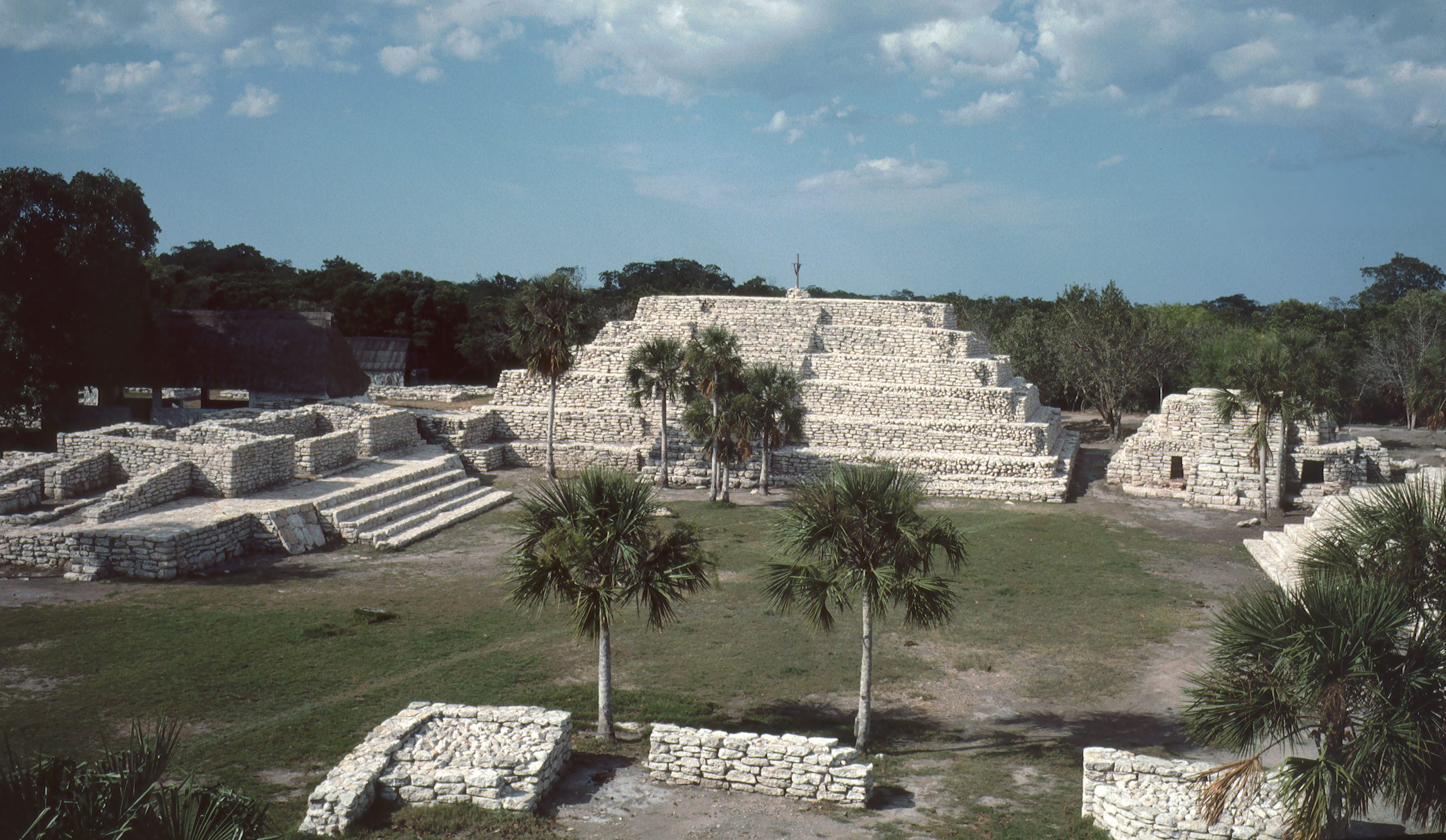Xcambo stands as a testament to the ingenuity and complexity of Mayan civilization, particularly in terms of its role within the vast trade networks that connected various parts of the Yucatan Peninsula and beyond. Located on the northern coast of the state of Yucatan, this archaeological zone offers invaluable insights into the commercial and architectural advancements of the Mayan people.
The Ancient Maya
Ancient Maya Historical Sites and Ruins
Maya Mythology
Gods and Goddesses
| Kukulkan |
| Chaac |
| Ix Chel |
| Ah Puch |
| Itzamna |
Ancient Maya Artifacts
| Chac Mool |
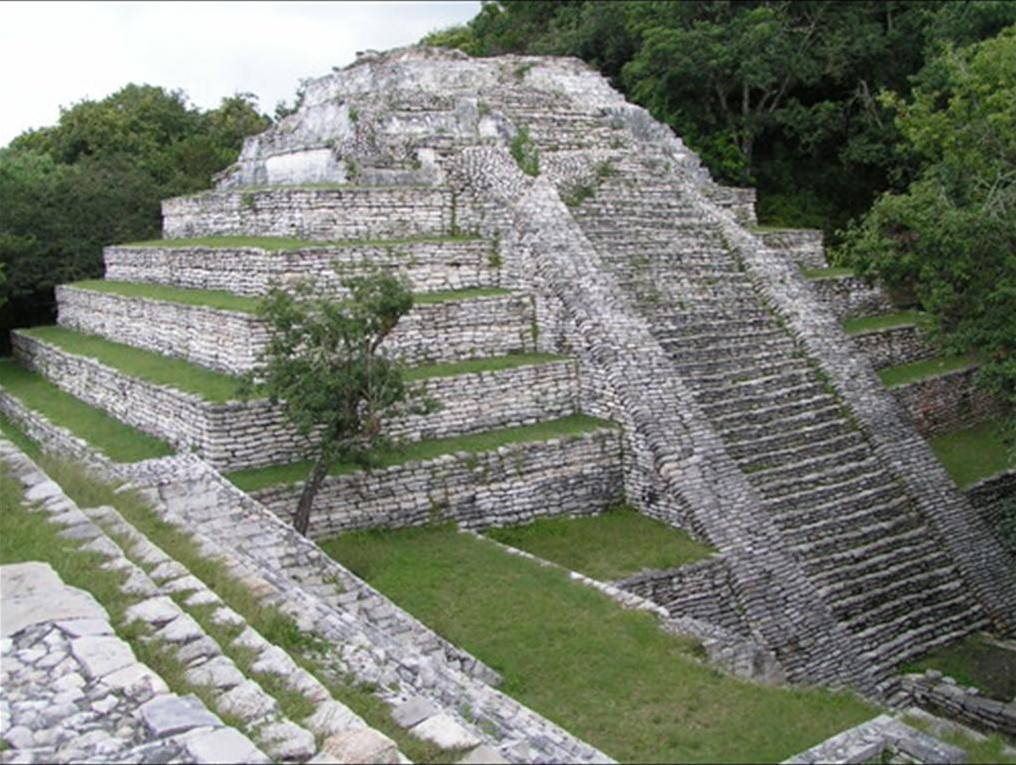
Tenam Puente
Tenam Puente, an archaeological site of the Maya culture, is situated in the Balum Canan valley, within the municipality of La Trinitaria, Chiapas, Mexico. This site, located 12 kilometers south of Comitán and accessible via a deviation from the Pan-American Highway No. 190, offers a unique glimpse into the Maya civilization’s architectural and cultural developments.
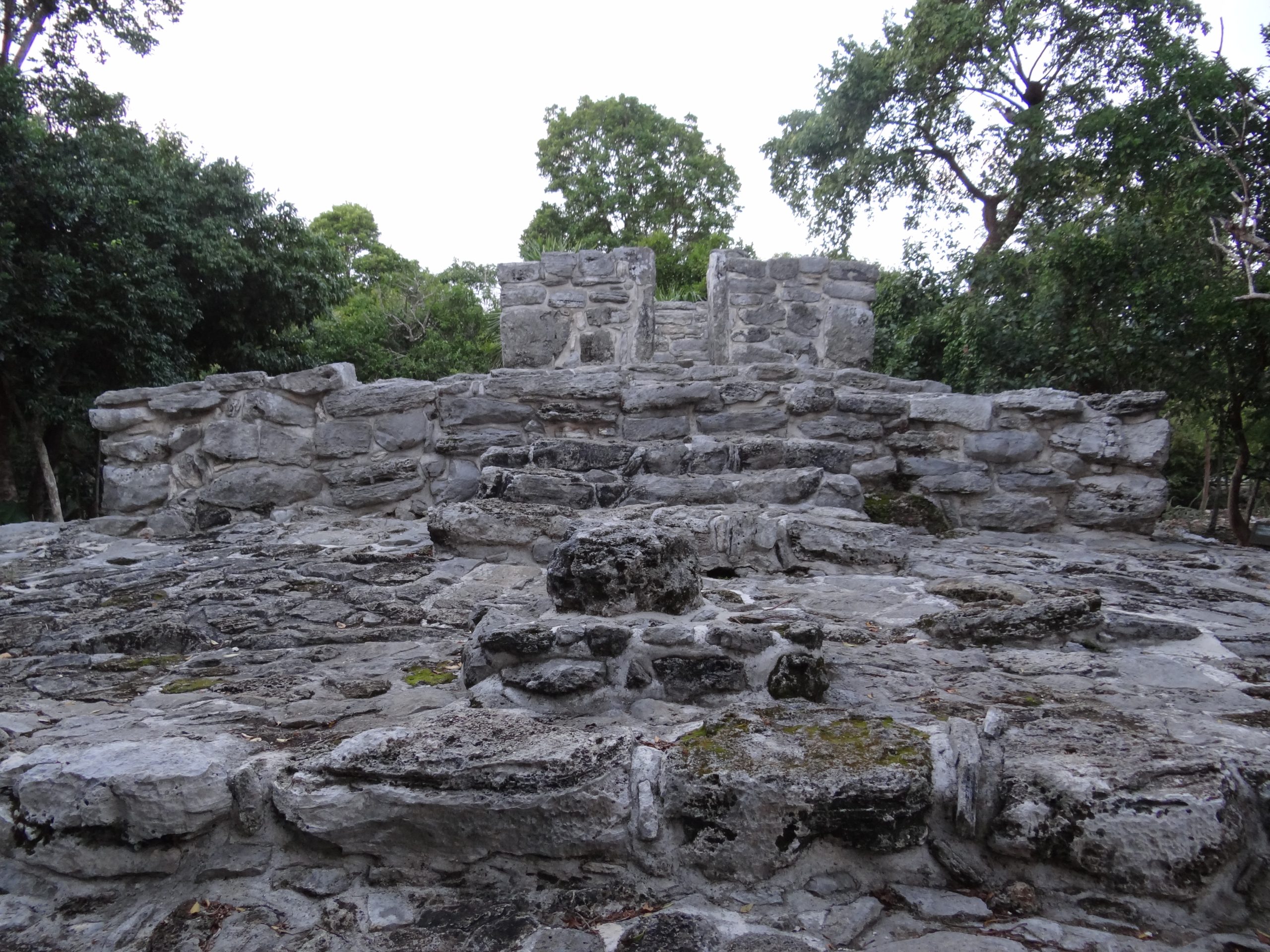
Xaman Ha
Xaman Ha, translating to “Northern Water” in Yucatek Maya, stands as a testament to the architectural and cultural prowess of the Maya civilization during the Post-Classic period (1150-1526 AD). This archaeological zone, situated within the Playacar sub-division of Playa del Carmen, offers a unique insight into the coastal settlements that played pivotal roles in commerce, pilgrimage, and the socio-political landscape of the Maya.
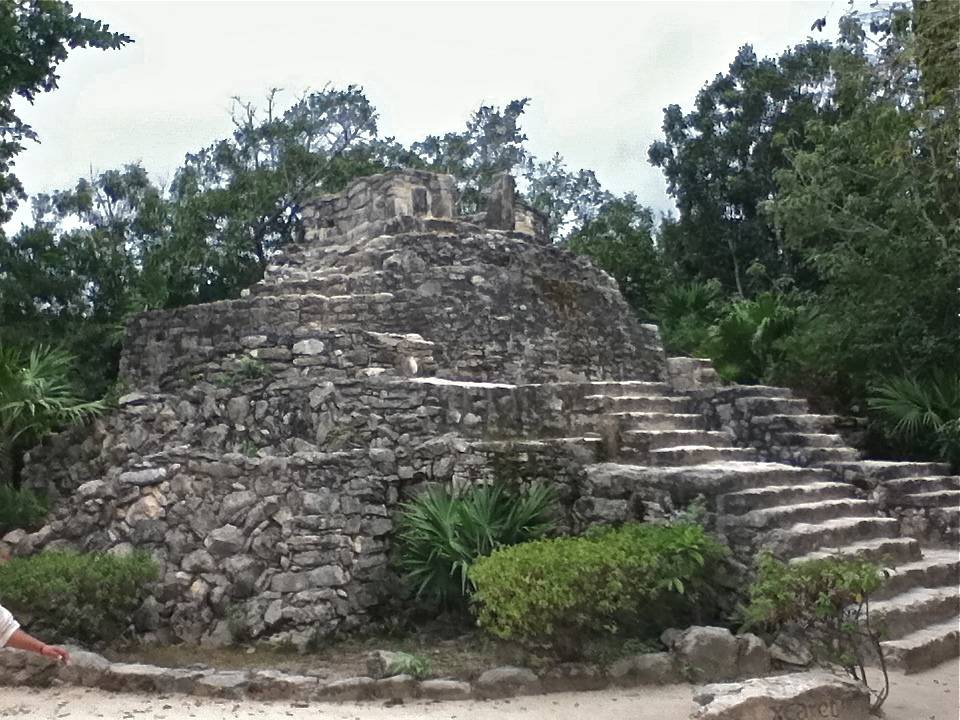
Xcaret
Xcaret, pronounced [ʃkaˈɾet] in Mayan, is an archaeological site of the Maya civilization situated on the Caribbean coastline of the Yucatán Peninsula, within the modern boundaries of Quintana Roo, Mexico. This site, once a bustling port and an important trading center for the pre-Columbian Maya, now partially lies within the confines of a contemporary tourism development known as Xcaret Park.
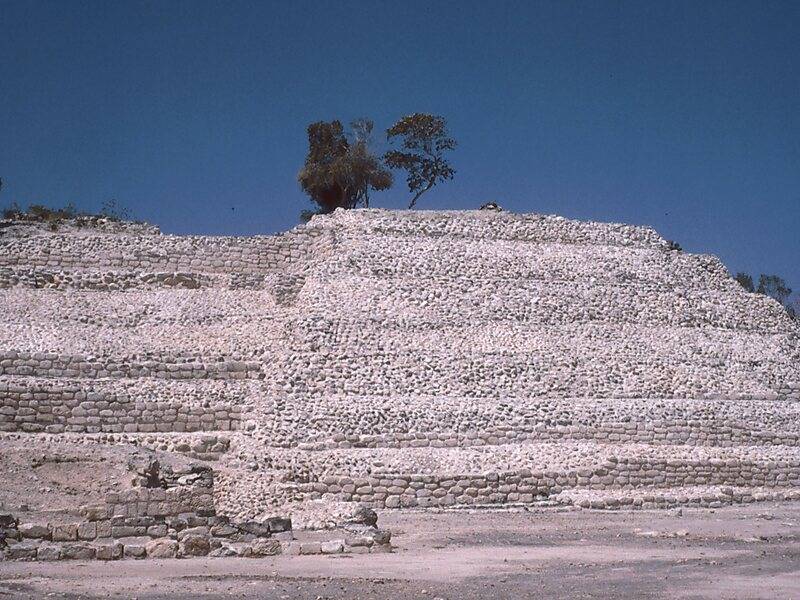
Jaina Island
Jaina Island, an artificial island located in the Mexican state of Campeche, is a significant pre-Columbian Maya archaeological site. Situated on the Gulf coast of the Yucatán Peninsula, separated from the mainland only by a tidal inlet, Jaina Island is renowned for its role as an elite Maya burial site. The island’s name, translating to “Temple in the Water,” hints at its sacred and ceremonial importance to the Maya civilization.
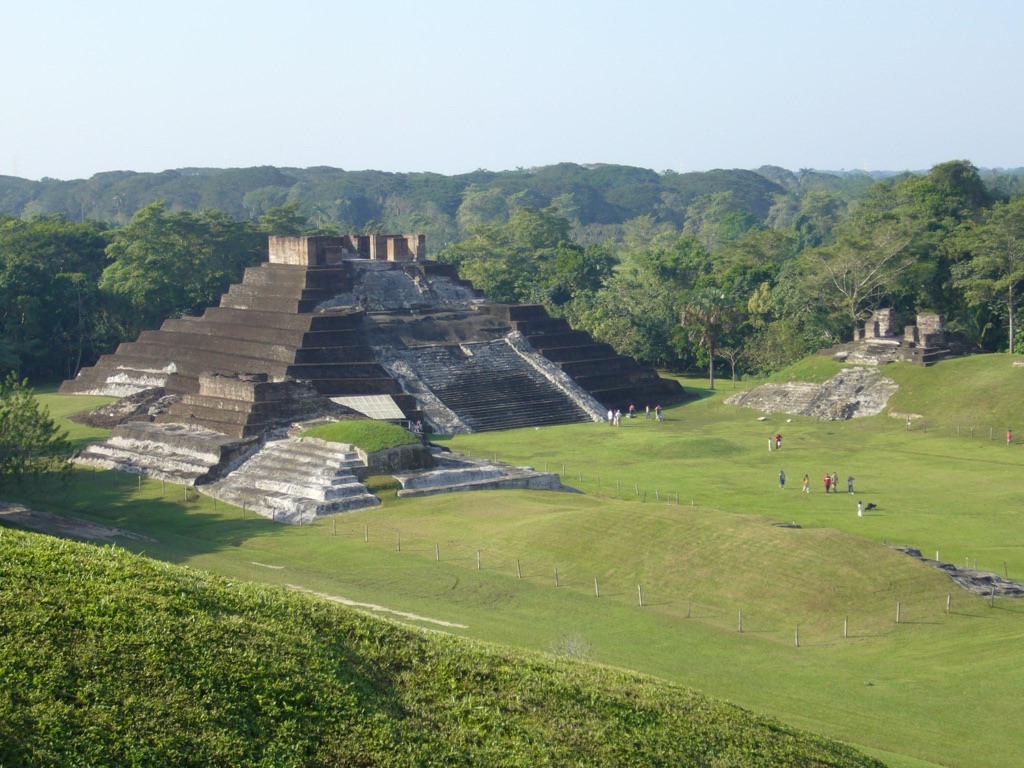
Comalcalco
Comalcalco is a unique archaeological site located in the present-day Mexican state of Tabasco. This ancient Mesoamerican city is notable for its distinctive architecture, which includes structures made from fired-clay bricks, a rarity in the region. The name Comalcalco translates to “House of the Comals” (a type of cooking pan) in Nahuatl, though its original Maya name is believed to be Joy Chan. The city thrived during the Classic period of Maya civilization and is thought to have been an important trade center due to its strategic coastal location.

